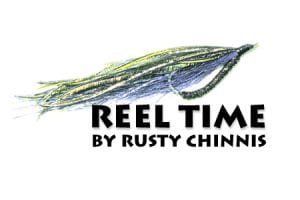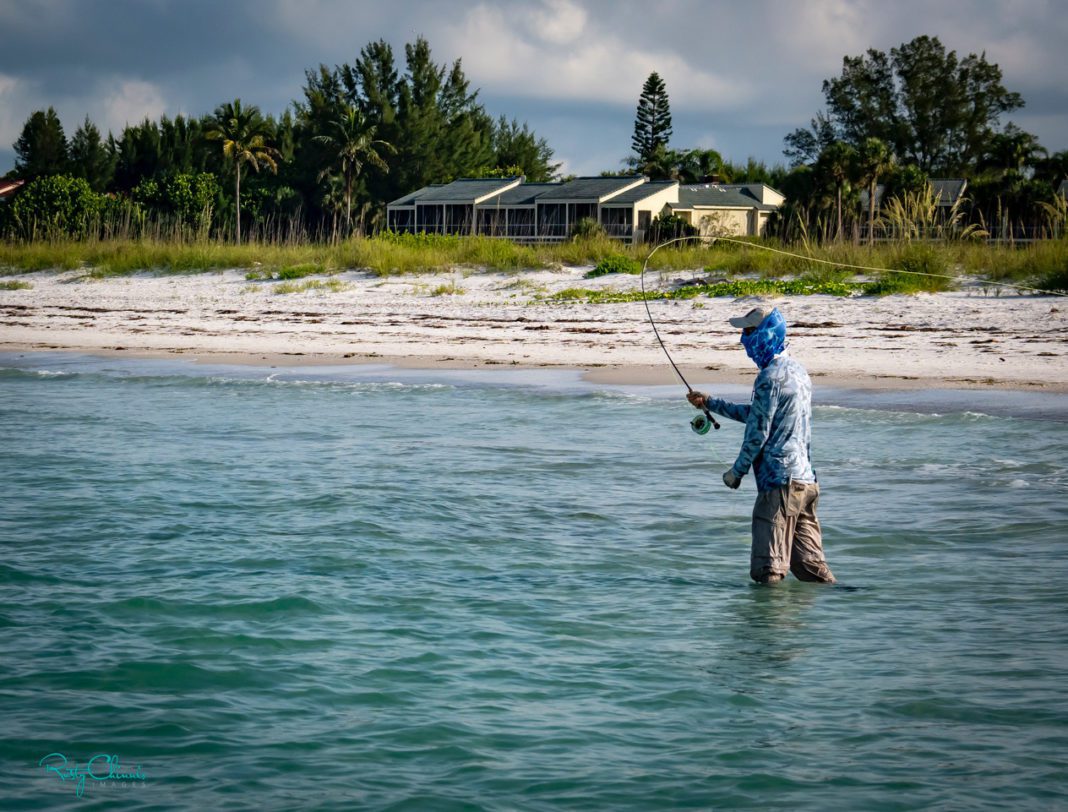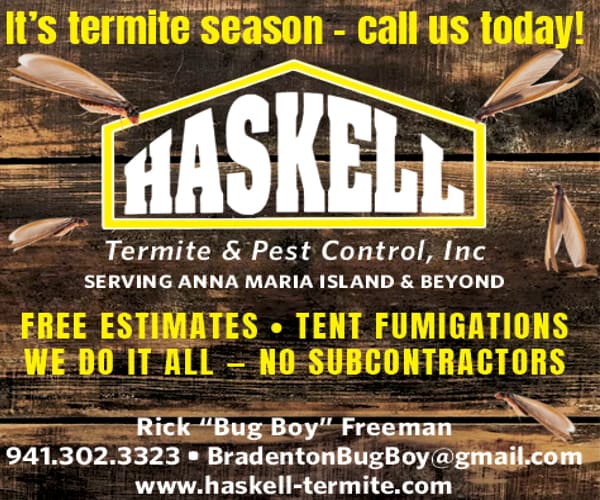Teaching fly casting has taught me some valuable lessons. Chief among them is the fact that it’s most often easier to learn from scratch using the fundamentals (physics) of the cast than it is to correct bad habits that have been developed over time. That became apparent to me when I gave lessons to someone who had been fly casting for a long time but who had ingrained, bad techniques. When I showed them how to properly move the rod tip in a straight line to form a “tight” wind penetrating loop they understood the concept immediately. The eye-opener for student and teacher was when they tried to repeat the proper casting stroke and their ingrained bad habit overpowered their new understanding.
This isn’t bad news for long time casters who have been using improper techniques but points out the necessity of practice to “reteach” the brain how to move the rod. The same applies to proficient casters who are learning to cast with their non-dominant hand. Try this and you’ll see what I mean instantly. If you’re a right-handed caster, putting the rod in the left hand is like handing it to another being where the mind knows the cast but the body doesn’t cooperate. The good news is that by learning the fundamentals of the cast and practicing them regularly anyone can become adept.
Besides learning and practicing the “Essentials of Fly Casting” it’s important to realize that there is no right or wrong “casting style.” Casting is governed by physics and there are some essentials that every fly caster must master, no matter what their individual skills or styles. This is the difference between the Art (style) and Science (physics) of the cast. Fly casting is a lifelong learning experience that you can practice at 9 or 90. Different people learn at a different pace. Some people pick up casting quickly and then plateau. Others start slow, but when they finally “get it” they’ve “got it.” It can be compared to learning how to ride a bike. To become a good caster you need to practice, but that practice will reward you with a lifetime of pleasure and provide the opportunity of the company of good friends.
Fly casting differs from spin or bait casting where the weight of the lure or bait “loads” the rod. The rod then transfers the stored energy of the rod to the lure or bait which carries it to the target. In fly casting, the weight of the line loads the rod and the line takes the leader and flies to the target.
The basic casting stroke consists of the rod being held in the hand at the base of the fingers with the thumb on top of the cork. The stroke is a combination of moves of the wrist, the forearm and the upper arm. In the “ready” position with the thumb on the cork, the wrist is straight and the butt of the rod is at a 45-degree angle to the forearm. The wrist travels from this “straight” position to a 45-degree down angle then returns to the straight position. The forearm and the upper arm complete the motion.
There are five basic movements that make up what is referred to as the “Essentials:”
- There must be a pause at the end of each casting stroke, which varies in duration with the amount of line beyond the rod tip. This allows the line to straighten for the next cast.
- Slack line should be kept to an absolute minimum. Slack line prevents the rod from loading and applying the proper power to the cast. The most common mistake that creates slack line happens when the rod is started too high, forming a belly in the line between the rod tip and the water. To prevent this, start your cast with the rod tip pointing at the water.
- In order to form the most efficient, least air resistant loops and to direct the energy of the cast toward the target, the rod tip must move in a straight line. Practice tracing a horizontal line like a roof eve.
- The length of the casting stroke must vary with the amount of line past the rod tip. If you are making a short cast there is only a small amount of line needed (which only weighs a small amount). As the length of line increases, the stroke must be increased to load the rod.
- Power must be applied in the proper amount at the proper place in the stroke. In general, the power is applied slowly at first, gradually increasing to a peak at the end of the stroke. There should be a crisp stop at the end of the stroke, forcing the rod to come out of its bend. This is commonly referred to as the “speed-up and stop. In my experience, the only way to master fly casting is to practice on a regular basis. Create a practice schedule that you can stick to. Start by practicing at least three times a week for 10 minutes. Any additional time will, of course, be a bonus but the importance of a regular practice schedule cannot be overemphasized. There are lots of resources on the internet to help you perfect your cast, and lessons with a caster trained by the Fly Fishers International can be invaluable. Some of the best videos to search for online are those by master casters and instructors Joan Wulff and Lefty Kreh. Locally, anglers can research rods and tackle at AMI Outfitters on Anna Maria Island. I’ve created some lessons and links to good videos I’ve found at my website. Learning and applying the fundamentals of fly casting will help you avoid learning bad habits or help you overcome them!
































